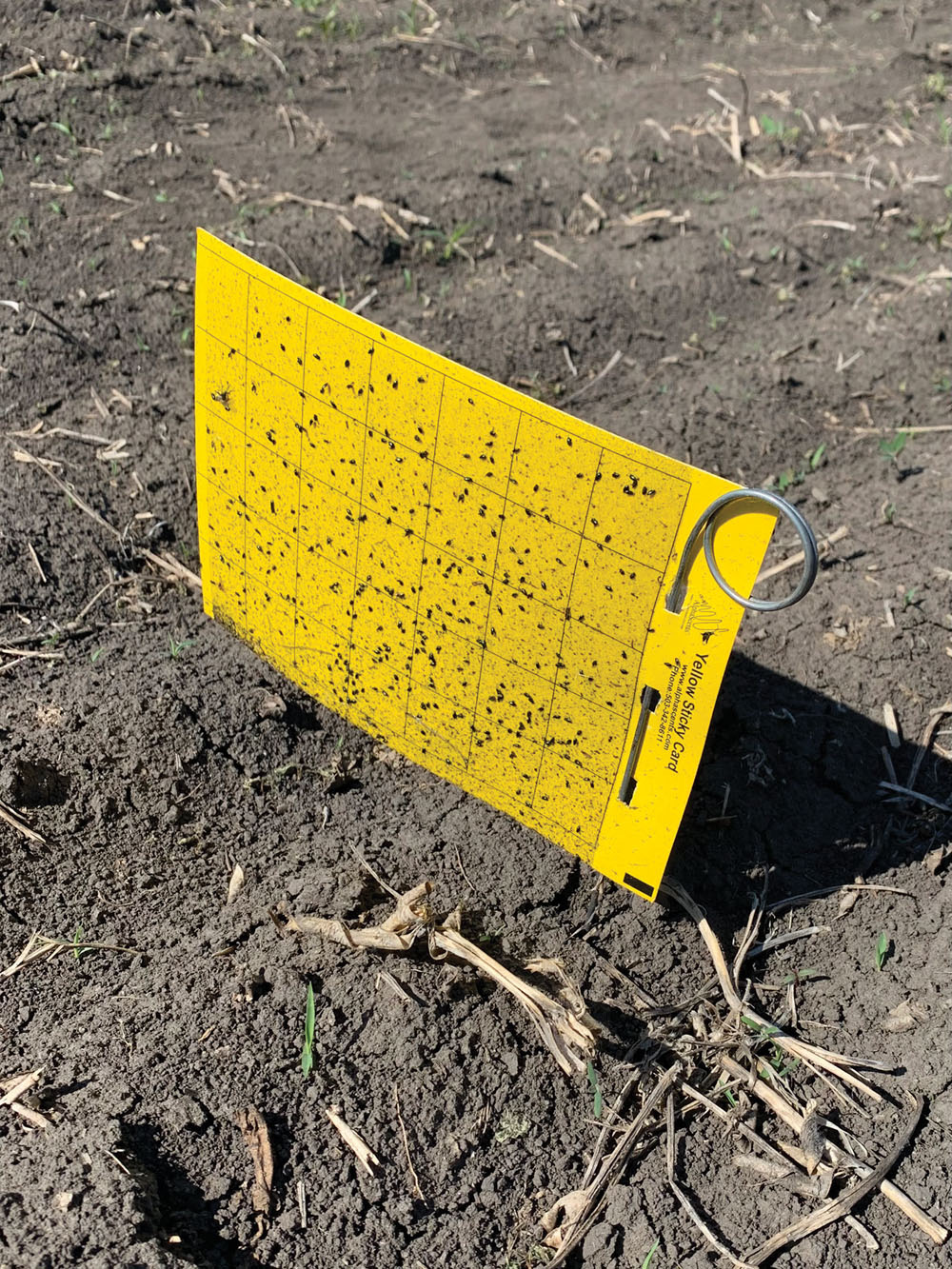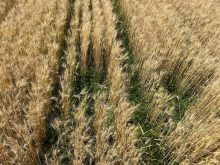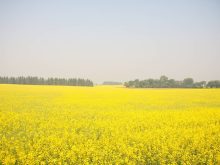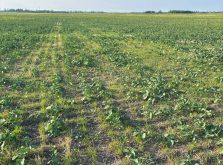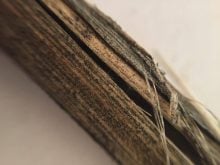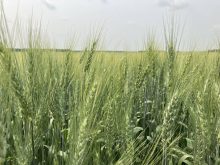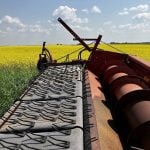Flea beetles have become Public Enemy No. 1 when it comes to canola. Yield losses of 10 per cent are common and it’s estimated the troublesome pest costs growers in North America more than $300 million annually.
Results of a study recently conducted in Western Canada could help growers better manage flea beetle populations in their fields.
The study was conducted by researchers in the three Prairie provinces between 2018 and 2022. Final results were released in March 2023. Funding was provided by the Canola Council of Canada and the Canola AgriScience Cluster, a five-year research program funded through Agriculture and Agri-Food Canada’s Sustainable Canadian Agricultural Partnership.
Read Also
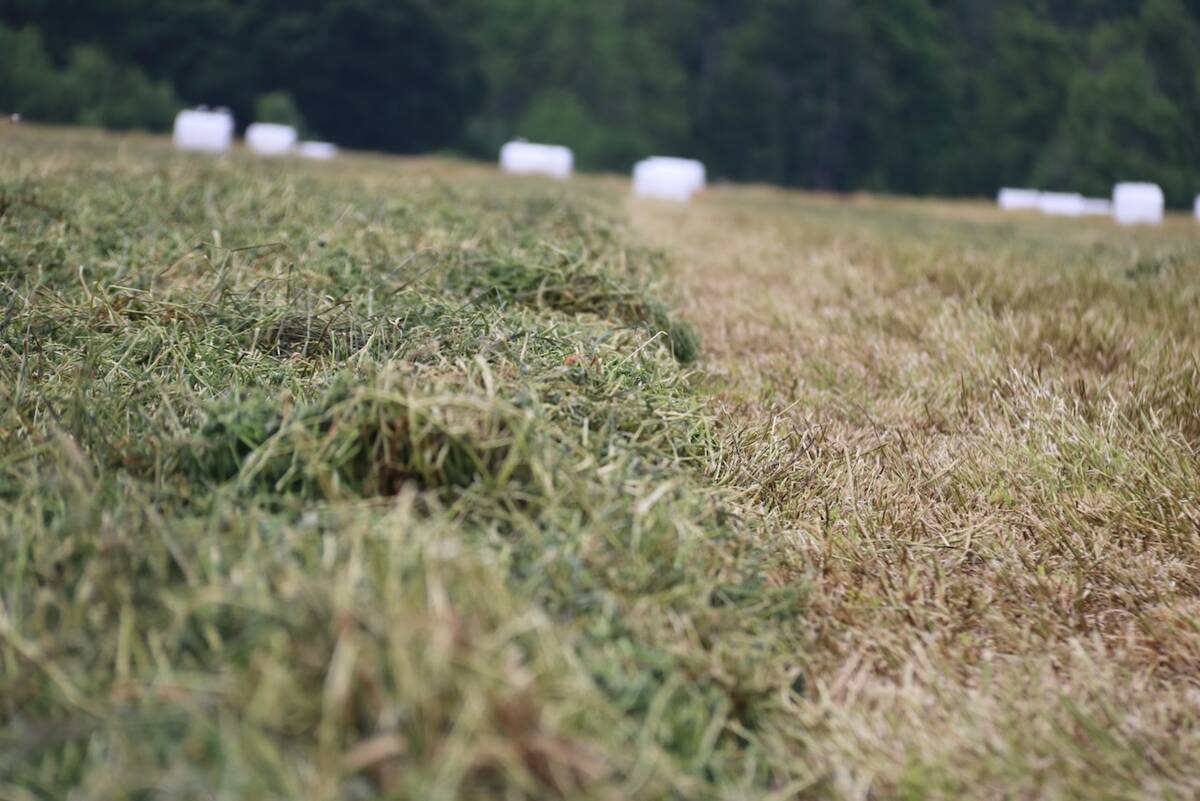
New high-performance forage training program to launch in 2026
A new Canadian Forage and Grasslands Asssociation high-performance forage program will be a resource for farmers, agronomists and others in the forage sector.
The purpose of the study was twofold, says lead investigator Alejandro Costamagna, an associate professor with the department of entomology at the University of Manitoba. The first objective was to evaluate the impact of plant density on flea beetle management. The second was to determine how that might reduce the use of insecticides in canola crops.
“We wanted to see if, by manipulating plant density, we can decrease the damage of flea beetles to canola,” he says.
“We know it’s not a good idea to put a lot of insecticide on. We see those insecticides have no purpose because we can’t predict where the flea beetle will show up. What we do know is they don’t show up everywhere every year, so we are adding a lot of insecticides to the system that have no real purpose.”

Field trials
A total of 14 field trials were conducted in locations that included Lethbridge and the Peace River region in Alberta, Saskatoon, Sask., and Carman and Glenlea in Manitoba.
Three plant density levels were used:
- Low: seeding rate of five kilograms per hectare
- Optimum: seeding rate of seven kg per hectare
- High: seeding rate of 14 kg per hectare
Four management treatments were used in the study:
- Control treatment (fungicide-only treated seed)
- Seed treatment (insecticide- and fungicide-treated seed)
- Foliar treatment (foliar insecticide spray applied at 25 per cent defoliation with fungicide-only treated seed)
- Flea beetle-free treatment (a weekly foliar insecticide spray with fungicide-only treated seeds, regardless of flea beetle presence or plant damage)
Flea beetle counts were conducted weekly at each of the 14 field test sites. Sticky yellow traps were used to conduct counts and were replaced each week.
Researchers standardized the variables for analysis from each of the sites. That allowed them to compare treatments from each region regardless of trap counts — for example, 20 beetles per trap in Peace River and 400 in Lethbridge.
Results showed flea beetles tend to aggregate at plots with higher densities, meaning that more plants typically mean more flea beetle presence.
However, Costamagna says, that didn’t necessarily mean they caused significantly more damage to the canola plants. Since the flea beetles had more plants to choose from, there were fewer per plant — and less damage to individual plants.

More is better
“More flea beetles (per field) in the end didn’t matter. What mattered was having a good number of plants in the field because the plants can recover quite a bit,” says Costamagna.
“I think that’s the overall message. You can expose them to damage, but if you have sufficient numbers of plants throughout the season, they will produce much better yield than if you start with few plants and then every little loss now and then will result in a penalty yield no matter what you do.”
The study also found that more plants and a seed treatment reduced the amount of flea beetle damage.
Costamagna says he and his fellow researchers aren’t sure why increased plant density along with a seed treatment resulted in less flea beetle damage.
“We have no idea. We still have to seek more information about what are the potential mechanisms in there.
“I’m not sure what type of interactions happens between the seed treatment and the damage. It might be some sort of repellent effect that the treatments have on the feeding that the other treatments don’t have, but I have no evidence of that.”
Perhaps the most interesting news from the study for canola growers is that plant yield was always higher at high plant densities, regardless of flea beetle pressure or the management options used.
Yield impact
“The key point I think that we shouldn’t miss is the yield, because at the end of the day, that’s what really matters for growers,” Costamagna says. “The only thing that really increased yield in our study was plant density. We (had) much higher yield in the optimum and the high-density treatments than in the low plant density.
“At this point, I think having a good plant stand with as many plants as you can afford to buy in terms of seed, I think it’s the best protection you can have towards flea beetles.”
A similar study on canola plant density and its impact on flea beetle pressure was conducted in Alberta about 20 years ago. The differences between the two studies, Costamagna says, is that the more recent one includes results from all three Prairie provinces, rather than just Alberta, and better reflects the canola hybrids and insecticides in use today.
Costamagna believes further study is needed.
“We definitely need to study more the damage caused by flea beetles. We know they aggregate in response to volatiles that are emitted by the plants when they are damaged by flea beetles. But how that plays out in combination with management, we really don’t know.”


